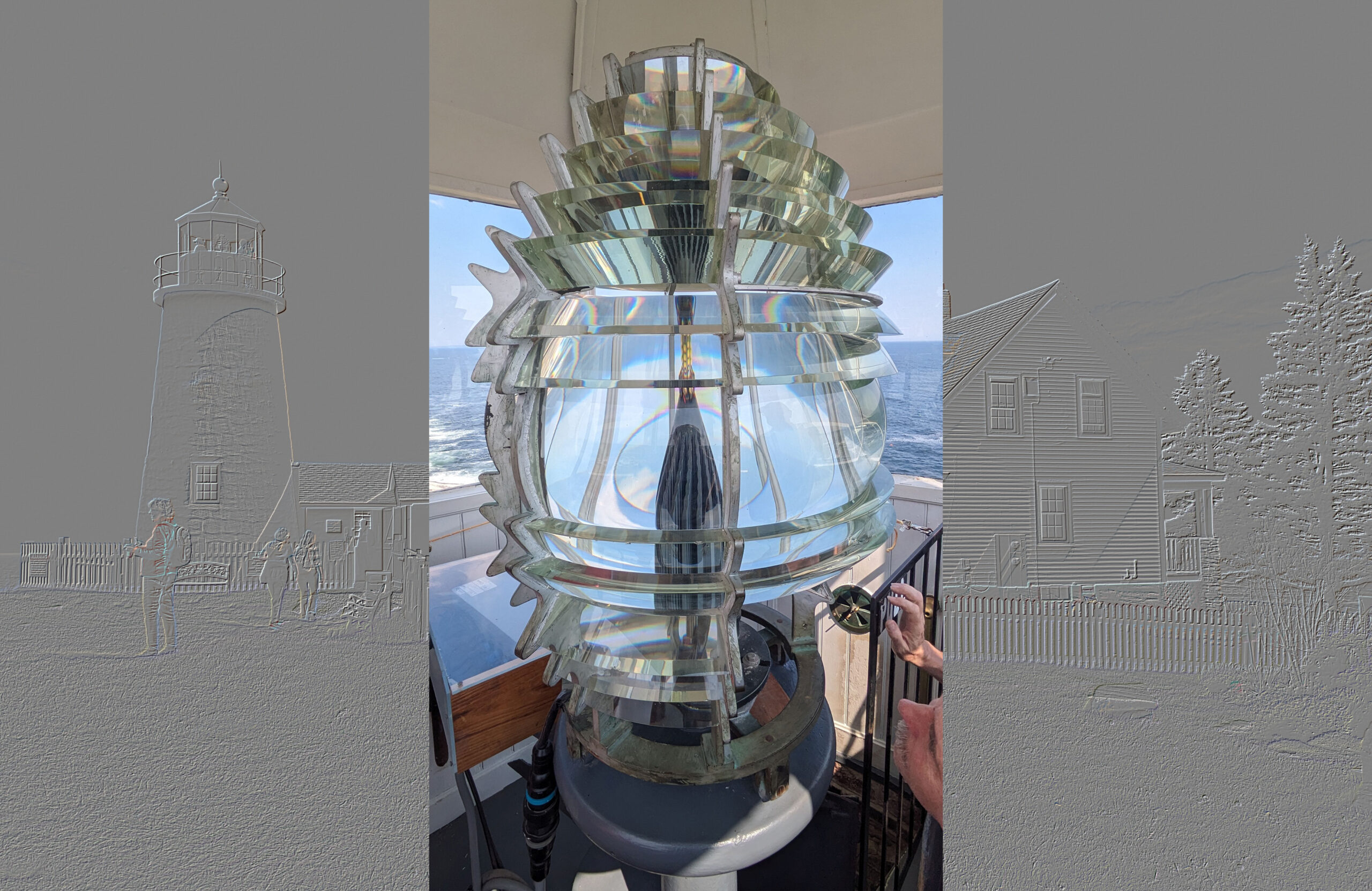
The imaging work of MIT associate professor, Ramesh Raskar, is revolutionizing our knowledge of how light interacts with objects. In this TED talk from June 2012, he explains how his work could lead to the ability to “see” around corners and image inside the human body. Credit: TED.
“We should stop obsessing about the megapixels in cameras and start focusing on the next dimension in imaging. It’s about time,” says MIT associate professor, Ramesh Raskar, at the close of his TED talk filmed in June.
He is not chastising the audience to “get with the program” (although a wink and a nudge are implied with his intonation and a twinkle in his eye.); rather, he means that the next breakthrough in imaging is based on time technology.
In a fascinating TED talk (I know, those are the only kind of TED talk, but this one is especially fascinating and expertly delivered), Raskar starts by referring to the father of time-lapse photography, MIT’s late Harold “Doc” Edgerton, who introduced the world to strobe-based photography. He was the first to photograph the passage of a bullet through an apple and showed how a drop falling into a still pool of liquid created a coronet of droplets that bounced up around it. His time-lapse methods gave us many other fascinating glimpses of things that happen too fast for our slow-receptor eyes to discern.
Raskar notes that it takes about one millionth of a second for a bullet to travel through an apple. In his work, he slows things down to extreme-super-slow motion by imaging a million times faster than that, that is, at a trillion frames per second.
If you guessed that his photography methods are not pedestrian, you’d be right. Early in his talk (about the one minute mark) he makes a bold statement, “I’ll present you a new type of photography—femtophotography—a new imaging technique so fast that you can create slow-motion videos of light in motion.” (emphasis added)
His idea is to “really challenge what we mean by a camera.” Or, a bullet, for that matter. His research, conducted at the Camera Culture lab (which he directs) at MIT, comprises a number of projects, including one called Computational Light Transport and is the main focus of the TED talk. According to the website,
The research goal is to create an entirely new class of imaging devices and a novel theoretical framework for inverse problems in space-time analysis of light transport. Two novel forms of imaging show great potential for research and practical applications: (i) time resolved transient imaging that exploits multi-path analysis and (ii) angle resolved imaging without lenses for displays, medical devices and phase analysis. … Underlying theoretical contributions include multi-path analysis, spatial heterodyning, augmented light fields and algebraic rank-constraints of 3D displays.
Applications are envisioned that could include things like imaging objects that are outside of sightlines (cars, enemies, disaster survivors, etc.), classification of materials (wood, metal, creature, etc.), medical imaging and more.
The group has developed sophisticated hardware and mathematics for femtophotography and that allows them to capture and construct images. The results are no less than stunning.
For example, Raskar demonstrates femtophotography by showing a video clip of a photon “bullet” traveling through a water-filled soda bottle laid sideways. The bullet is generated by turning on a laser and shutting it off one trillionth of a second later. The photon needs less than one nanosecond to traverse the bottle, but because its travel is recorded at the speed of light and played back in a video slowed down by a factor of 10 billion, we are treated to an entirely different perspective. Raskar talks the audience through the video step-by-step: light “shatters” into the bottle, scatters, leaks, ripples, bounces around the air pocket near the cap, and finally, reflects back to the opposite end of the bottle. And, amazingly, we can see each of these events happen. For comparison, Raskar notes that a similar video of a normal bullet (which is a pretty fast-moving object) slowed down to the same speed would take a year to watch. (He concedes, “It would be a very boring movie.”)
He also shows some other amazing examples of light interacting with objects and captured by femtophotography. For example, light is shown washing over a tomato in a series of ripples, but if the tomato is ripe, the light bounces around the inside of the fruit for a few trillionths of a second before exiting. There are practical implications, Raskar says, “In the future, when this femto-camera is in your cameraphone, you might be able to go to a supermarket and check if the fruit is ripe without actually touching it.” And, perhaps, without actually seeing it, either.
The entire talk is worth the 11-minute investment, in my opinion, but if you are short on time, here are a few markers for Raskar’s TED talk,
~1 minute-Femtophotography and “light bullet in a bottle” demonstration
~5 minutes-The femtocamera and data reconstruction
~6 minutes-Demonstration of looking around corners
~9 minutes-Beyond imaging: Computational photography
Hat tip: Kent Anderson at the Scholarly Kitchen.
Author
Eileen De Guire
CTT Categories
- Optics


